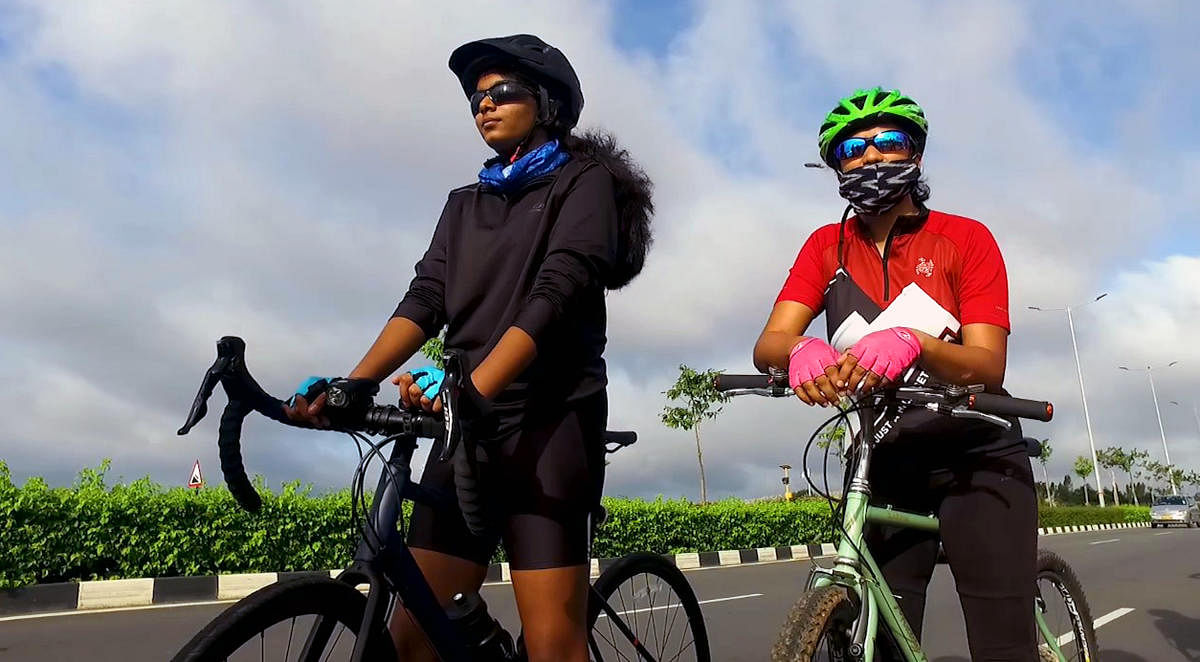
Hassle-free walking, cycling-friendly neighbourhoods seamlessly integrated with the nearest bus stops and metro stations. A network of sustainable mobility models perfectly in sync with smartly designed open spaces and inclusive streets, all creatively planned and executed by the local community.
Far from a Utopian idea, this is the Sustainable Mobility Accord (SuMA), an initiative by the Directorate of Urban Land Transport (DULT) that has sparked huge interest among the city’s residential welfare associations (RWAs). Of the 20 proposals received, DULT has shortlisted nine for eventual activation.
The big DULT objective is this: Create a network of sustainable neighbourhoods, where 80% of all trips within are either by walk or cycle and at least 60% of trips outside are by walking, cycling, public transport or shared modes of transport.
The initiative is a shift away from the current practice that prioritises mobility of vehicles over mobility of people in design, planning and execution. Walking and cycling are routinely endorsed but not followed up with adequate infrastructure. SuMA intends to change this, with active involvement of the communities.
In the shortlist is the Defence Colony Residents Association (DECORA), which has proposed a series of sustainable mobility tweaks to the streets of Indiranagar. “In consultation with urban planners, architects, cyclists and other mobility experts, DECORA, along with IChangeIndiranagar has prepared a set of proposals,” says Swarna Venkataraman from the citizens collective.
On its agenda is a pilot route extending from the Indiranagar metro station to Jeevan Bima Nagar that will ensure last-mile connectivity. The white-topped 80ft road will be part of this project. But DECORA also wants to intervene in the proposed white-topping and redesign of Indiranagar’s 100 Ft Road to integrate cycle lanes and pedestrian-friendly footpaths.
Segregation of cycle lanes, creation of safe intersections for pedestrians and cyclists, removal of footpath encroachments, improvement of tree cover where needed and one-side parking in inner lanes are also part of DECORA’s plan.
A SuMA task force will guide and oversee the implementation of the chosen projects. The task force comprises members from DULT, Bengaluru Coalition for Open Streets (BCOS), ESAF, Praja RAAG, the city’s Bicycle Mayor, Citizens for Sustainability (CiFoS), World Research Institute (WRI) India and HSR Cyclists.
To ensure that a one-size-fits-all model is not imposed from above, the shortlisted communities will be required to survey and understand the specific mobility needs of their neighbourhoods. Actual project execution will be based on data linked to existing mobility infrastructure, commute trends, walkability and safety of streets and potential for improvement.
Neighbourhood circuit buses
Having worked with DULT on the Cycle Day project for years, the Malleswaram Swabhimana Initiative (MSI) has switched gears this time, with a proposal for neighbourhood circuit buses.
The idea, as articulated by MSI president Naveena Sridhar, is this: “These hop-on, hop-off buses can run every half hour, so that senior citizens and others can go shopping within the area and return to their homes safely.”
Besides the circuit buses, MSI has identified a rectangular area between Malleswaram 4th Main and 11th Main for proposed cycle lanes and other sustainable mobility initiatives.
Malleswaram Social has proposed to make conservancy lanes walking-friendly, with beautified walls and space for two-wheeler parking. “Our motto is to make Malleswaram cleaner, safer and greener,” says Naveena.
For Dr Shanthi Tummmala from the HSR Citizens Forum, the emphasis is on activating its long-pending ‘Cycle-to-School’ programme. “Parents were worried about safety issues due to the high traffic. The SuMA initiative can help us have dedicated cycling lanes, improve intersections and set up cycle stands in our parks. We have also proposed to introduce cards and reward points for cycle-users,” she explains.
Cycle Day initiative
V Manjula, Commissioner, DULT, said, “As part of the six-year-long Cycle Day initiative, we worked with 50-odd community organisations. This made us feel that engaging with the public will help us get good traction for sustainable mobility.
“To increase modal share of public transport, promote walking and cycling and see behavioural change among road users to respect each other’s right to the space, it is critical that we engage with the communities. We want to work together, plan and design together with the communities to see the change at the neighbourhood level.”